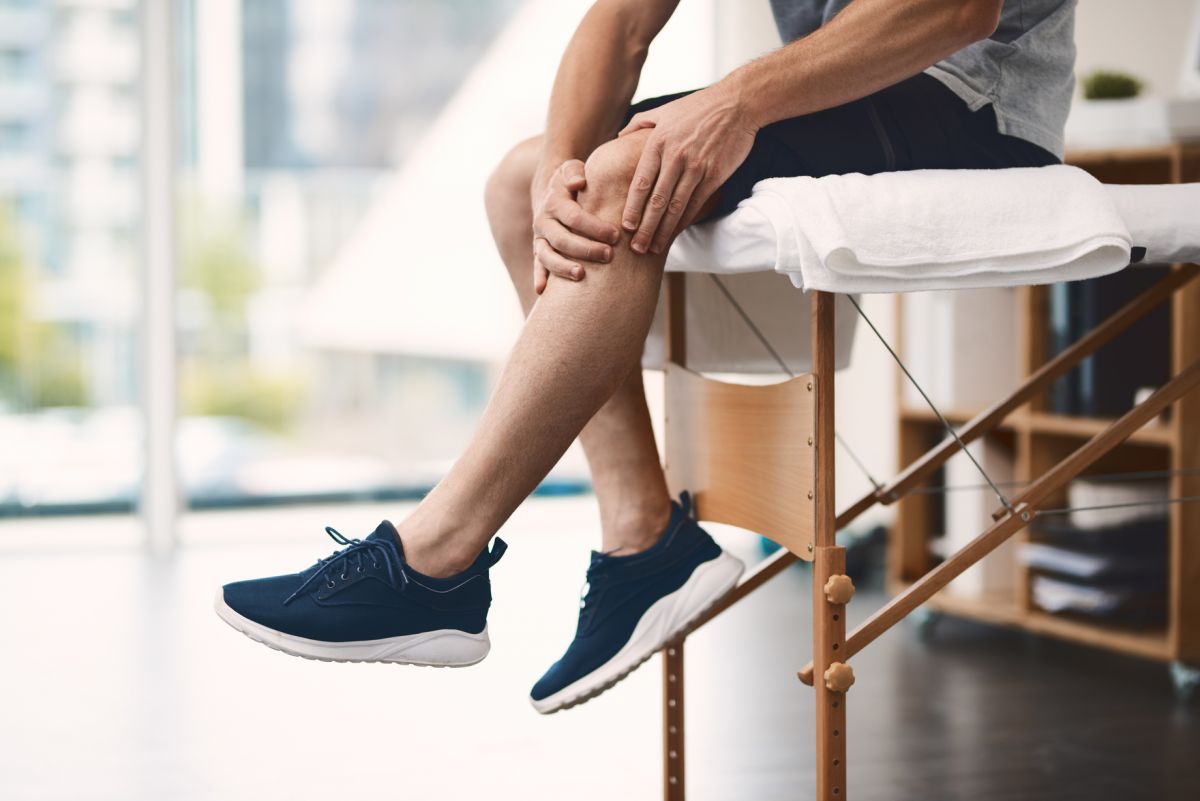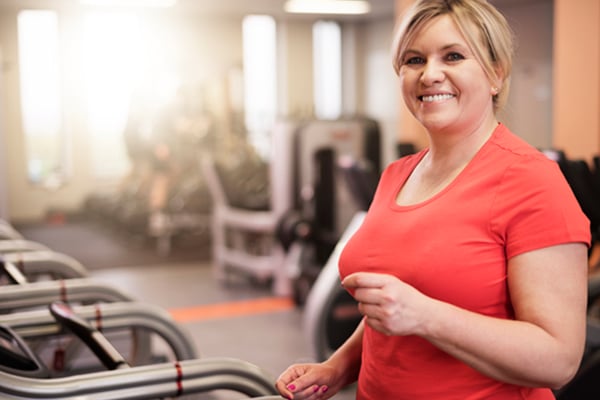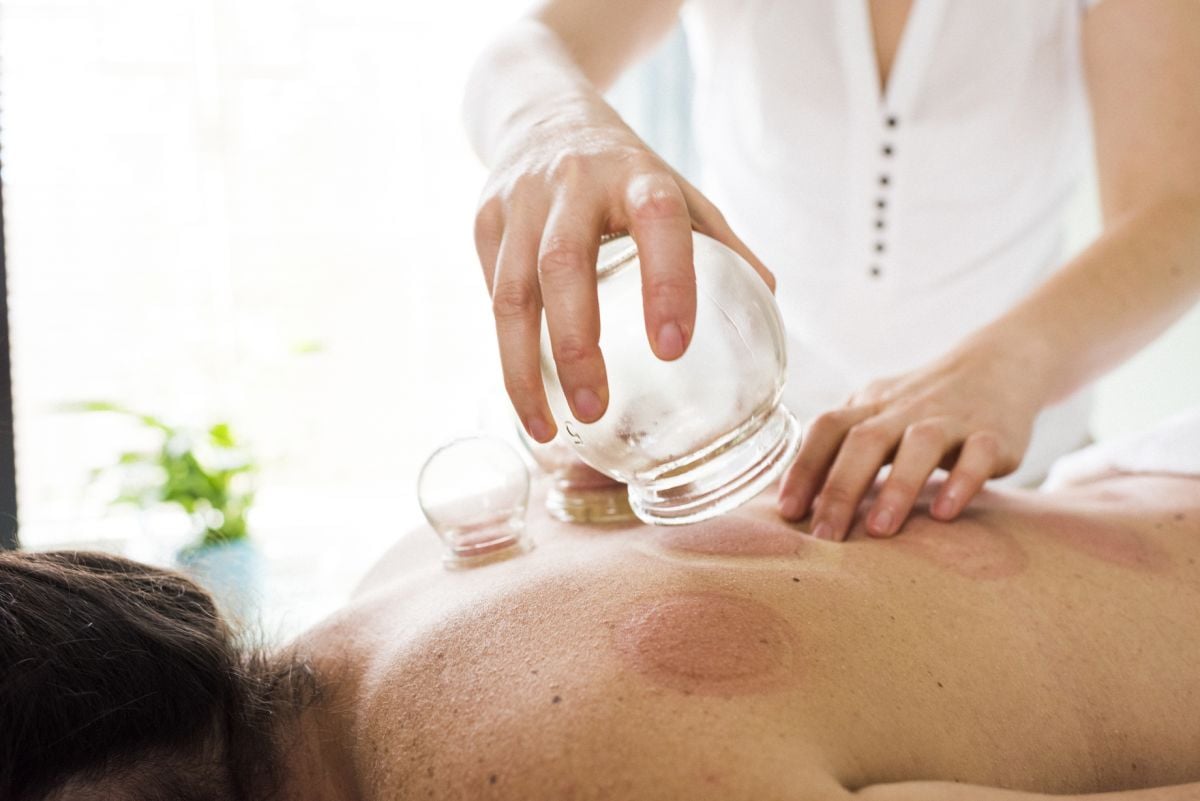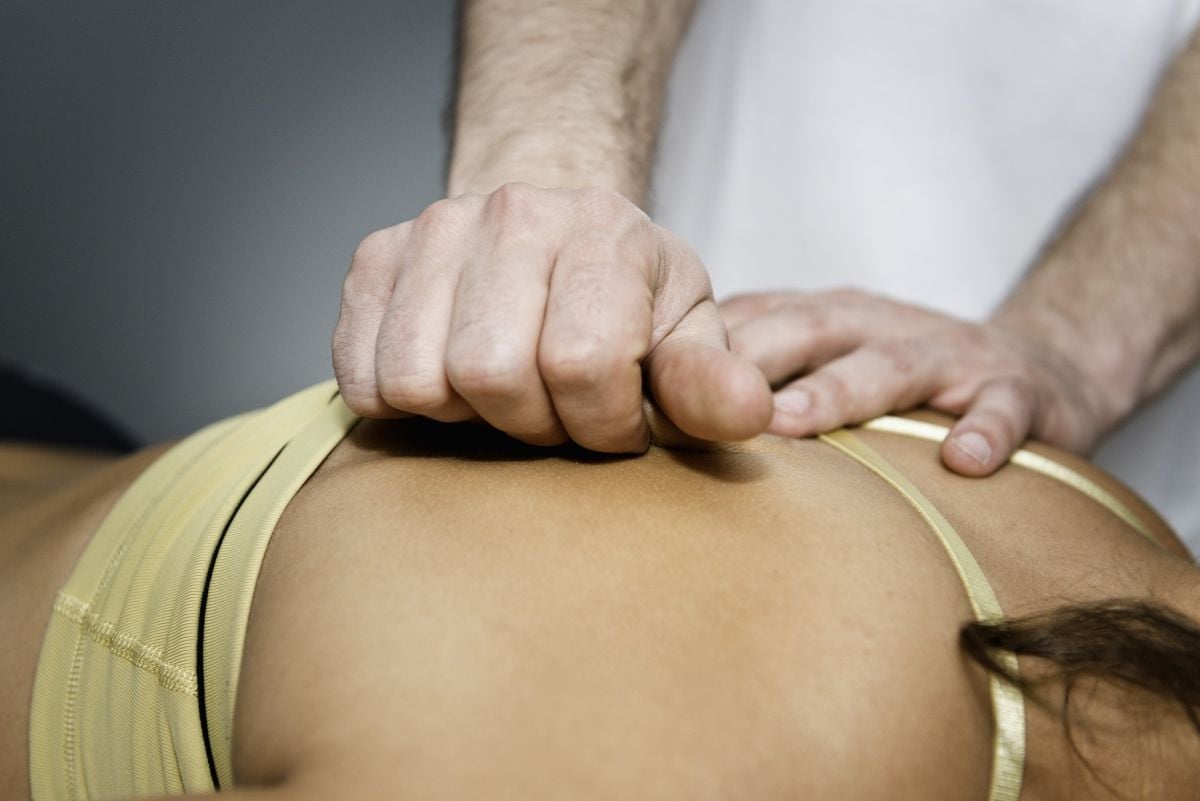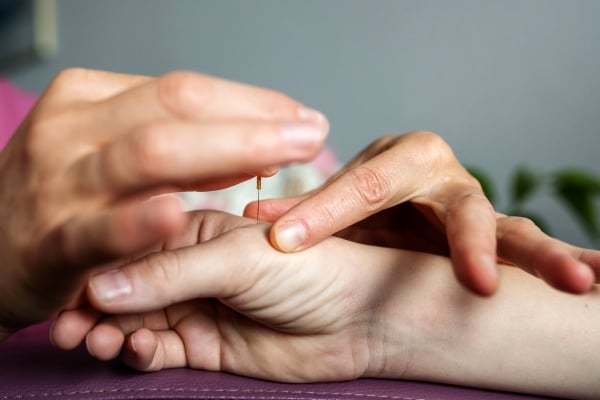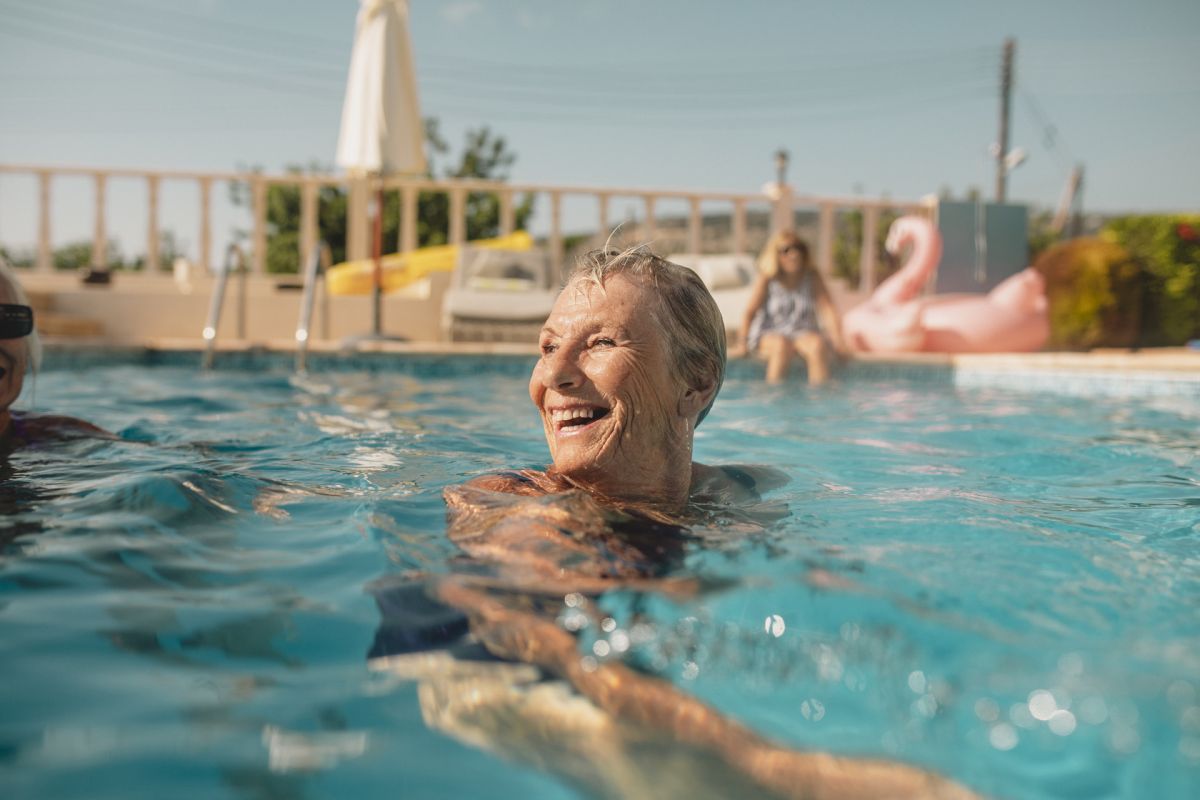
How to stay safe in the sun
For most of us, winter feels long and brutal. When we finally hit those hot summer months, we want to make the most of them by spending time outdoors, but it is important to remember to take some precautions. Here are the most common drawbacks of the summer heat and some precautionary tips you can follow to stay safe in the sun and healthy in the heat.
Heat rashes
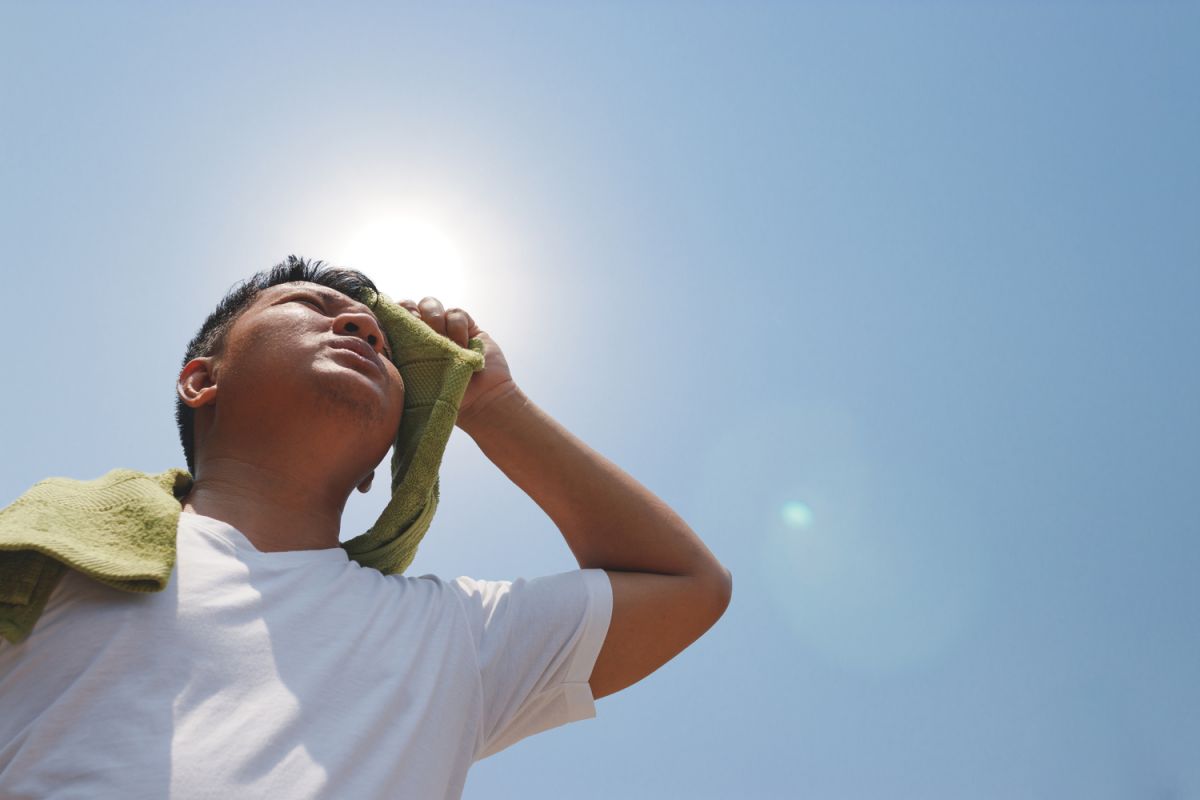
Prickly heat—also known as heat rash—can be a problem when the weather is hot and humid. Symptoms range from small blisters to deep, red lumps, and is often intensely itchy. You may notice these symptoms after a sweaty walk or run on your thighs, your upper chest or other places on your body. You can avoid the risk of prickly heat by staying in air conditioning in extreme temperatures and wearing lightweight, breathable clothing when you’re outdoors.
If you’re keen on exercising and engaging in intense physical activity, you should change out of your soaking-wet gym clothes as soon as you’re done with your workout and shower with an anti-bacterial soap. If you do happen to come across a heat rash, you can calm the skin with calamine lotion or, in more serious cases, topical steroids. For most mild cases, the rash will go away in time without any medical treatment.
Heatstroke/exhaustion
It’s important to know the difference between heatstroke and heat exhaustion, as knowing the signs and symptoms of these two conditions could save your life or that of a loved one. Heatstroke is very common in the summertime, but not many are aware of how serious and life-threatening the symptoms can be if they are ignored.
Experiencing muscle cramps may be the first indication that you are developing a heat-related illness. Common symptoms of heat exhaustion include general weakness, increased sweating, nausea or vomiting. Heatstroke can be much more serious than heat exhaustion. If you are experiencing heat exhaustion for an extended period, it can lead to heatstroke.
Heatstroke is suspected if you experience elevated body temperature above 39.4 C, rapid and strong pulse or heart rate, and/or loss of consciousness. In this case, call 911 immediately and make sure the person in need receives first aid until paramedics arrive.
To prevent the possibility of heatstroke holding you back from enjoying the summer, it is important to stay hydrated (drink plenty of water!), wear light-coloured, loose clothing and avoid exercising during the hottest part of the day.
Sunburns
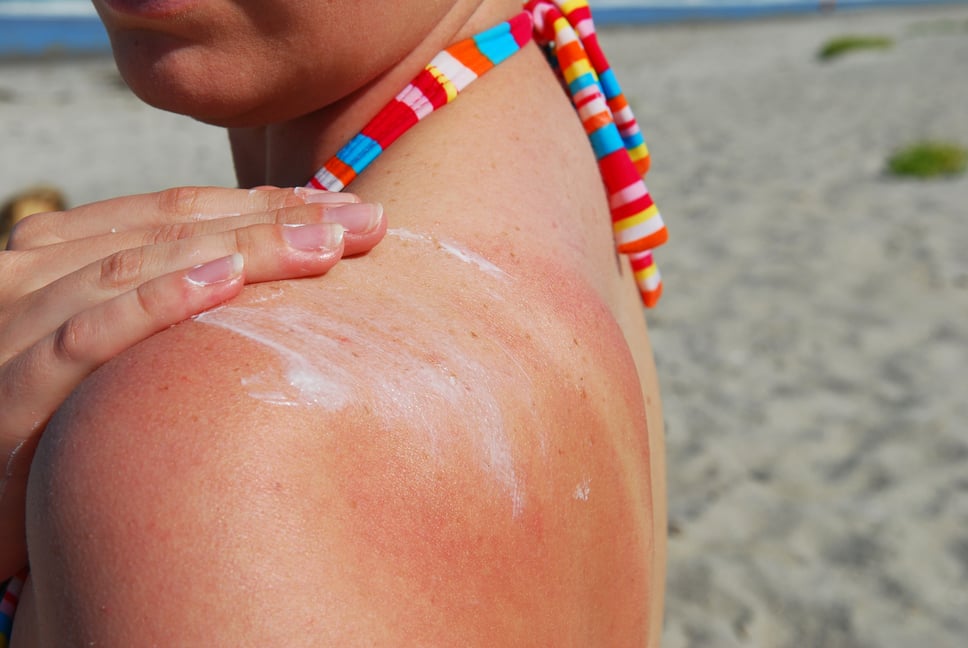
As much as the sun can help you get some colour, it can also leave you with a sunburn that not only hurts, but is also evidence of damaged skin. To avoid repeated burns that can increase your risk of skin cancer, it is important to wear sunscreens with broad spectrum UVA and UBA protection and reapply it every 90 minutes.
If your skin is scorched, mix one-part whole milk with one-part cool water and gently apply it to the affected areas with a washcloth. The proteins in the milk will take away the sting immediately and as it heals, resist the urge to peel off the flaking skin to avoid opening up ports of entry for infection.
If you have questions about heat-related illnesses or issues or need help dealing with a summer injury, don’t wait. Check out our Locations page to schedule an appointment at a Lifemark clinic near you or book online.
